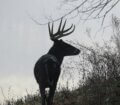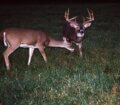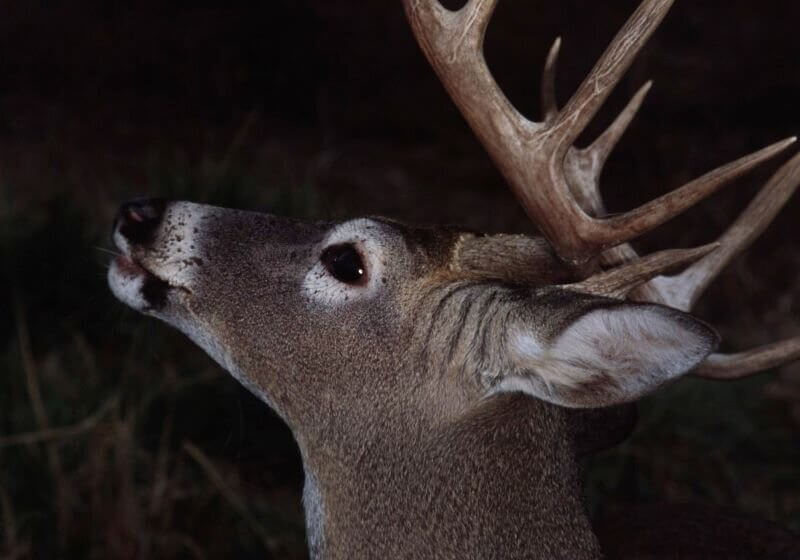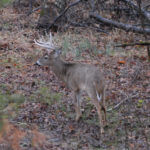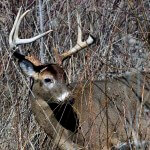Editor’s Note: Ronnie Groom of Panama City, Florida, the longtime owner for 60 years of C&G Sporting Goods, has been one of the foremost deer hunters of our day for the past half century. Groom, a well-rounded deer hunter, participates in bowhunting, primitive-weapon hunting and gun hunting. Groom hunts deer in several states – on public and private lands – where the hunting pressure is both heavy and light.
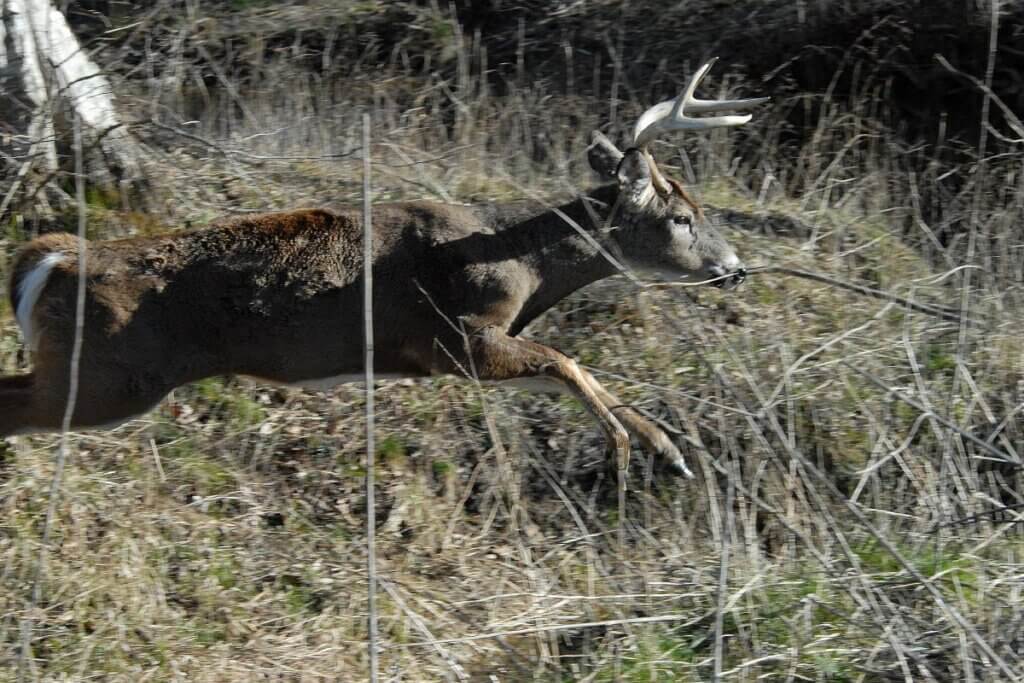
Once you discover a deer sanctuary, more than likely, you shouldn’t hunt it that same season. If you go into the area, you will run the deer out of it. But instead, mark sanctuaries on a map, so that you can return to them prior to the beginning of the next hunting season. Before deer season ever starts – when the whitetails aren’t using the sanctuaries – I travel to these hideouts and lay out a game plan. I decide which way I can approach the sanctuary and travel into the region without alerting deer. I’ll choose a stand site.
If it is an area with heavy cover, I go ahead and cut shooting lanes, so that I can see to take a buck when hunting season begins. Also, I’ll consult my compass, my GPS or the hunting app on my phone to know what wind direction I must have to approach the sanctuary without having my scent carried into the hunting zone there and designate that. And, I lay-out a definite hunt plan. I usually will prepare eight to ten sanctuaries to be hunted when the time is right – when the deer become nocturnal. Then I leave these places alone and don’t return until I’m prepared to take a buck.

When to Hunt a Sanctuary:
Knowing when to hunt the deer sanctuaries is the most-critical ingredient for bagging nocturnal bucks. I realize that I only may have 1 or 2 days during the hunting season when I can hunt the sanctuaries I have prepared. But I never will go to one of these hideouts, until all of the conditions are right. I never hunt these spots during the first of hunting season. Using this technique of hunting, a hunter allows hunting pressure to work for him, rather than against him. I want the hunting pressure to build-up in the regions around my sanctuaries. Therefore, I wait until near the end of the season before I try to hunt these sanctuaries.
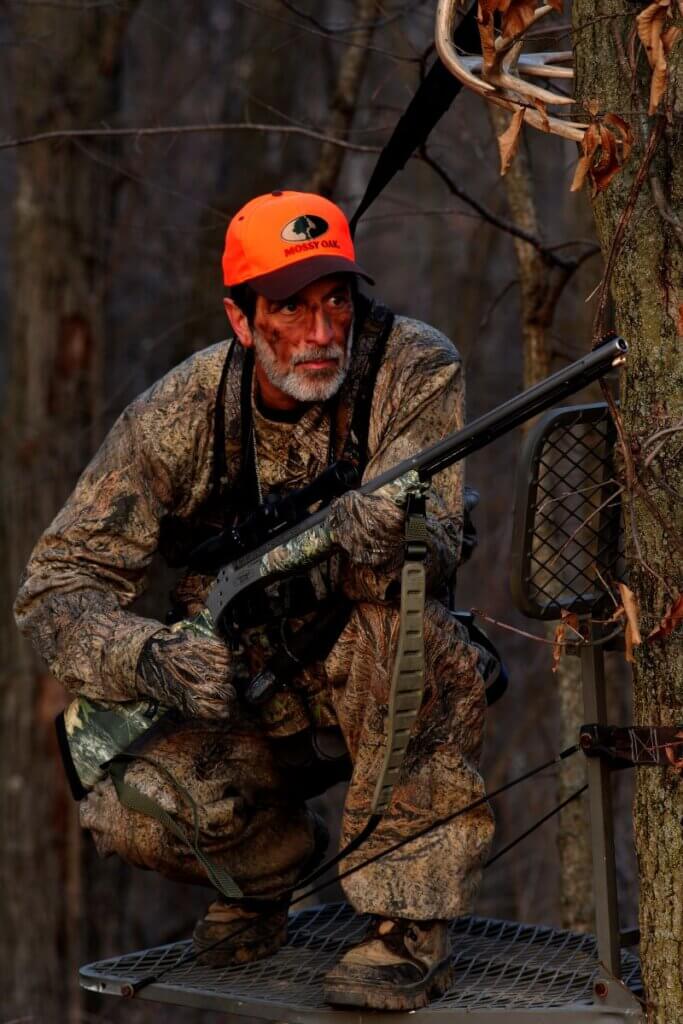
Once the deer become nocturnal, they will move during daylight hours in the sanctuaries. Late in the season when hunting pressure is high, I watch the wind. When the wind is right, so that I can go to one of my sanctuaries, I slip into the area before daylight and wait for the buck to appear. Once I hunt a sanctuary, I won’t return to that same spot for at least a week or two. I realize that if I hunt this site too much, then I will run the deer out and won’t have a chance to harvest the bucks, which is why I develop several stands in sanctuary areas before the season. Then I have a couple of places to hunt with the wind coming from different directions.
To learn more about deer hunting, see John E. Phillips’s book, “How to Hunt and Take Big Buck Deer on Small Properties,” available in Kindle, print and Audible versions.
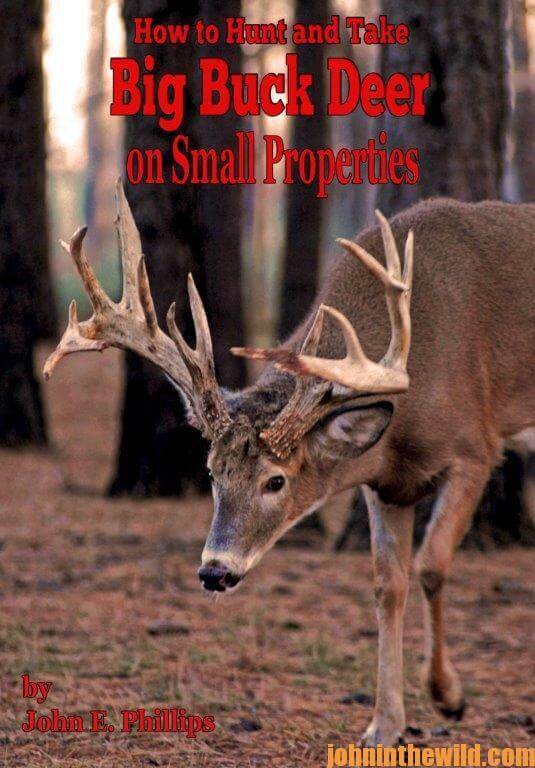
Check out John’s book, “How to Hunt Deer Like a Pro,” available in Kindle, print and Audible versions.

You may have to copy and paste these links into your browser. When you click on the books, notice on the left where Amazon says you can read and hear 10% of these Audible books for free. On the right side of the page for each book and below the offer for a free Audible trial, you can click on Buy the Audible book.
Click here to see all of John E. Phillips’ books on hunting and fishing.
Tomorrow: Hunt Feeding Areas for Deer

